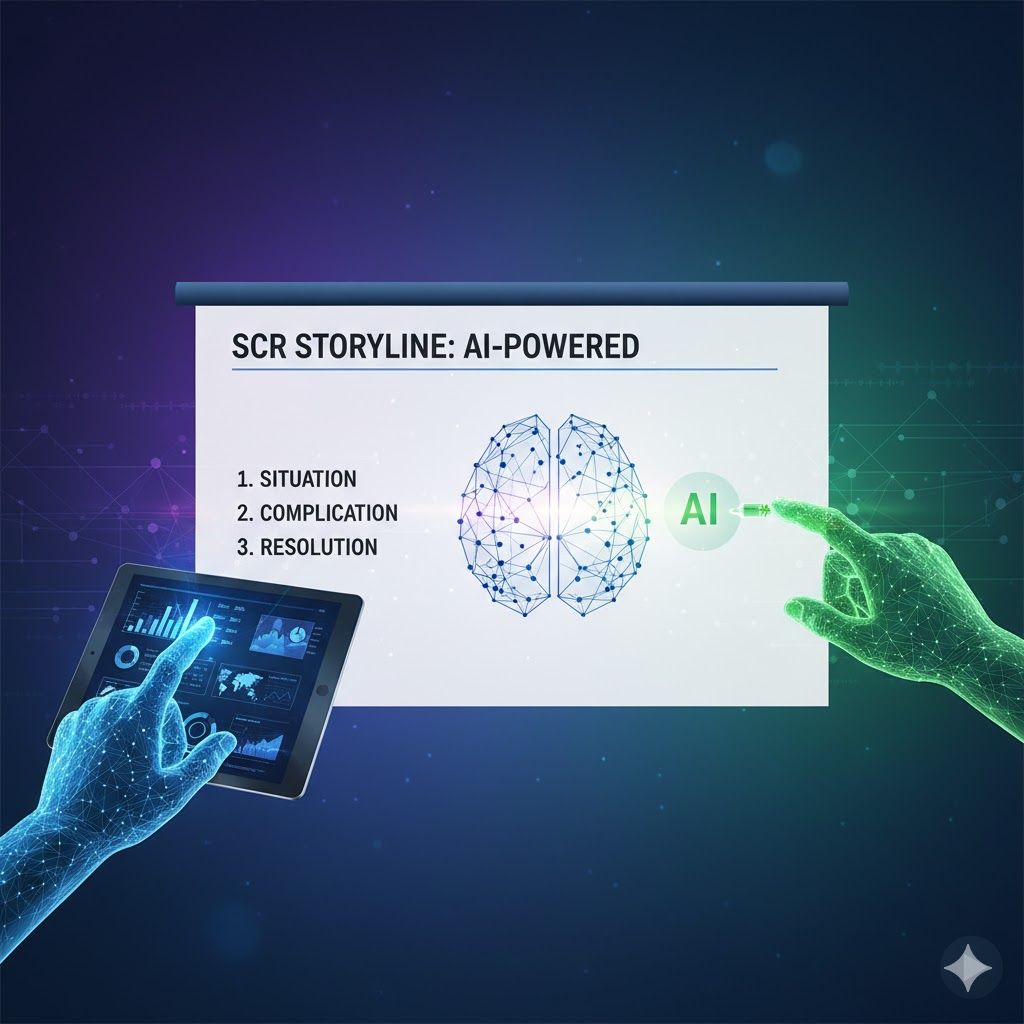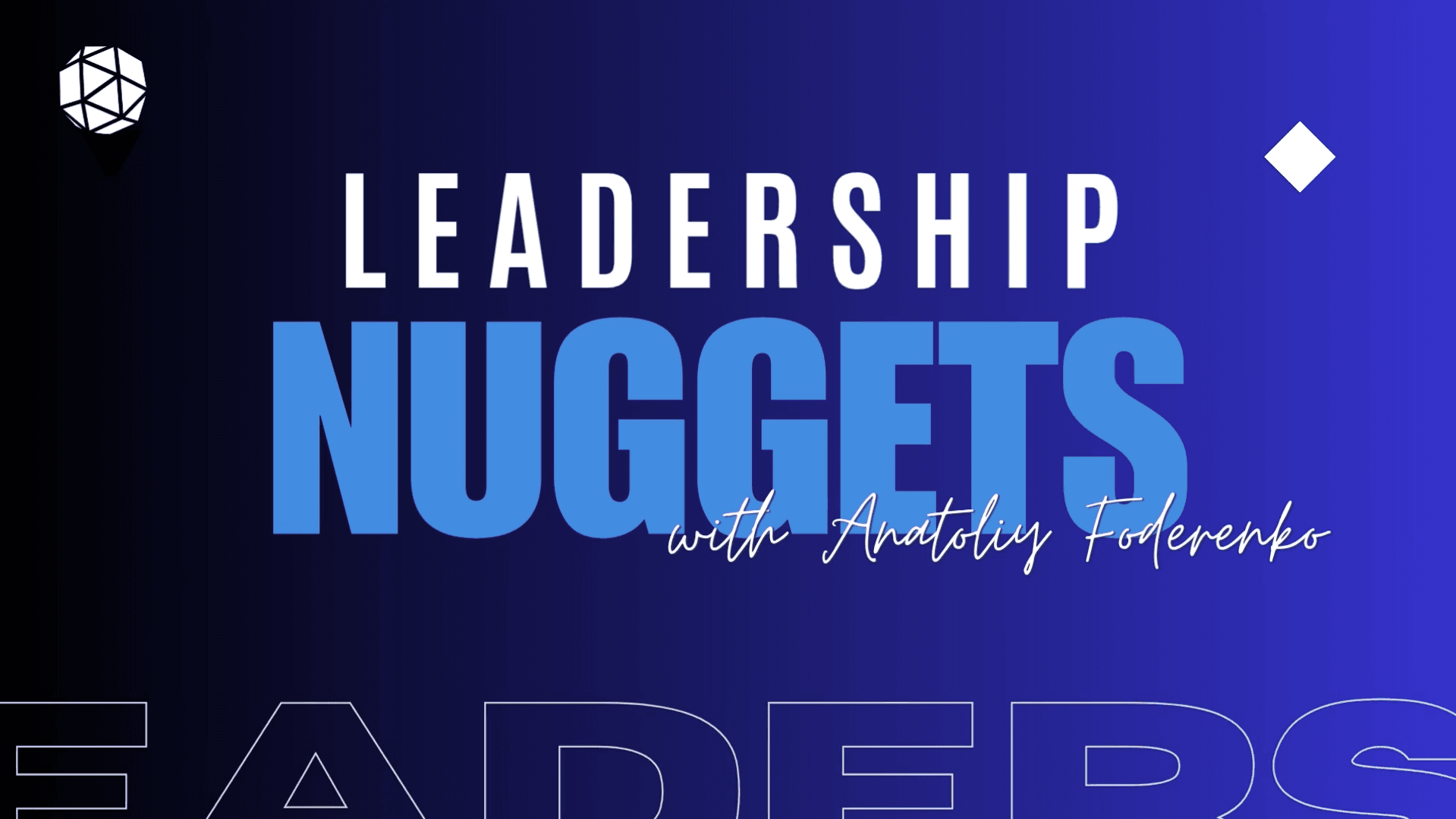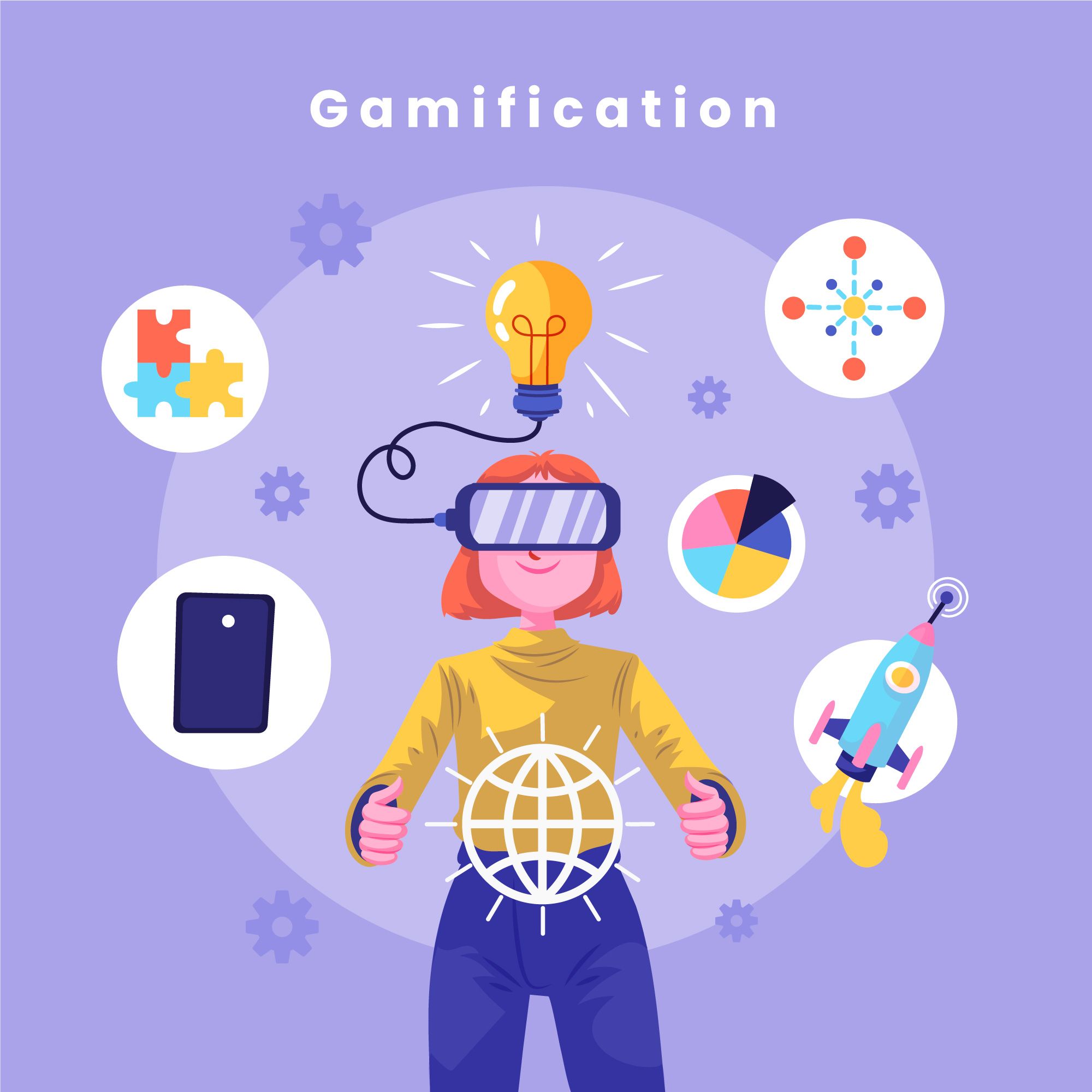Stop Boring Presentations: The McKinsey S-C-R Method + AI

I’ve spent decades in the corporate world, from my early days at ExxonMobil and GE, to my time at Johnson & Johnson, and if there's one tragic mistake I've seen repeated thousands of times, it’s this: brilliant ideas, killed by terrible presentations.
I’m not kidding! I've sat in boardrooms watching people who are geniuses in their field completely lose their audience. They just dump mountains of data on a slide, click "next," and expect everyone to be amazed. It's painful. We are all drowning in data but absolutely starving for wisdom and clarity.
This is why the art of "storylining" is so critical. It’s the secret sauce of top-tier consulting firms like McKinsey, and honestly, it’s a non-negotiable skill for any leader today.
I just came across an amazing video by Dan Galletta called "Storytelling in PowerPoint using AI: The McKinsey Method" (attached above) that breaks this down beautifully. It shows how we can take that gold-standard McKinsey process and strap a rocket engine to it using AI.
If you want to truly influence people and drive change, you need to master this. Here’s a breakdown of the method and how you can use it to transform your own communication.
The 30-Second Test: What is a "Storyline"?
First, let's be clear. A storyline isn't just "telling a story." In this context, it’s a specific, logical narrative that your presentation follows.
Here’s the big idea from the video: Your story must be told only in your slide headers [00:22].
That's the test. A senior executive (who, let's be honest, has the attention span of a squirrel on espresso) should be able to flip through your deck, read only the headers, and understand your entire argument [00:29]. The body of the slide is just the evidence to back up the header.
The "Gold Standard" Framework: S-C-R
For decades, the McKinsey method has relied on a simple, powerful logical framework called SCR [00:38]:
S = Situation: This is the non-controversial truth. It’s the "Here’s the world as we know it" slide. It gets everyone nodding in agreement [00:46]. (e.g., "Homelessness in our county continues to rise.")
C = Complication: This is the "Oh no!" moment. It’s the problem, the "ouch," the burning platform. This is where you sell the urgency [00:51]. (e.g., "Housing supply has not kept pace with job growth, crushing our poorest households.")
R = Resolution: This is the "Here's the path to the promised land." It's your proposed solution, step-by-step [00:57]. (e.g., "We propose a 3-part plan to solve this.")
This structure is powerful because it’s how our brains naturally process problems. It builds buy-in, creates urgency, and then delivers the solution.
The Game Changer: Adding Your New AI "Kuli" (Slave)
Here’s where the video gets really exciting. That process—finding the insights, structuring the story—used to take a team of junior consultants (the "kulis"!) weeks of work.
Now, you can do it in minutes. The video breaks it down into three practical AI-powered steps:
Step 1: Use AI to Synthesize Your Data
We all have messy Excel sheets and data tables. Our old habit is to just copy-paste them onto a slide (please, stop doing this!).
The new way? Give that data to an AI like ChatGPT. In the video, Dan literally pastes an image of a data table into the chat and asks, "What is the main insight here?" [03:10].
The AI's response is the perfect slide header: "The main insight... is there is a severe shortage of affordable rental housing" [03:21]. Boom! You've instantly gone from raw data to a clear "so what." This isn't about being lazy; it's about using a tool to get to the insight faster.
Step 2: Use AI to Structure Your Storyline
After you do Step 1 for all your data points, you'll have a long "laundry list" of insights [03:55]. This is where most people get stuck.
The new way? You give that entire list of insights to the AI and give it a simple prompt: "Synthesize all this data together and create an SCR storyline" [04:30].
The video shows the AI doing a "really good job" of taking that jumbled list and arranging it into a logical flow: Situation, Complication, and Resolution [04:52]. It might not be 100% perfect, but it gives you a solid 90% draft in seconds. You, the human leader, are no longer a bricklayer; you are the architect, refining and improving the structure.
Step 3: Use AI to Position Your Story
This was my favourite part. The video makes a brilliant point: the story doesn't magically emerge from the data; you choose how to tell it [05:58].
The same set of facts can be framed in many ways. Is your story an "economic argument" (This is costing us money!)? Or is it an "equity and justice" argument (This is failing our most vulnerable!)? [06:36].
You can use AI as your strategic sparring partner. Ask it, "What are the different ways you could position this same storyline?" [06:23]. It will brainstorm different angles, allowing you to choose the one that will resonate most with your specific audience. This is high-level strategic communication.
My Final Thought: It's About Stewardship, Not Laziness
As a leader and a person of faith, I see this through the lens of stewardship. The Bible often speaks of wisdom, clarity, and redeeming the time. "To whom much is given, much is required."
We have been given these incredible new tools. We can either use them to create more noise and confusion, or we can use them to bring clarity, drive change, and solve real problems.
This AI-driven approach frees us from the "slave-like" work of data-dumping and elevates us to the real work of leadership: making wise choices, communicating with clarity, and inspiring action.
Remember, data doesn't move people. Stories do. Jesus Himself used parables—stories—to change the world. Your data is useless until it's wrapped in a clear, compelling story that connects with a human heart.
So, my challenge to you is this: Stop boring your teams. Stop letting your great ideas die in a sea of bullet points. Watch this video, embrace these tools, and become the leader who brings clarity, not confusion. That's how we'll build organizations—and a world—that truly flourish.
Functional
Tags: Communication
Roshan is the Founder and “Kuli” of the Leaderonomics Group of companies. He believes that everyone can be a leader and "make a dent in the universe," in their own special ways. He is featured on TV, radio and numerous publications sharing the Science of Building Leaders and on leadership development. Follow him at www.roshanthiran.com







